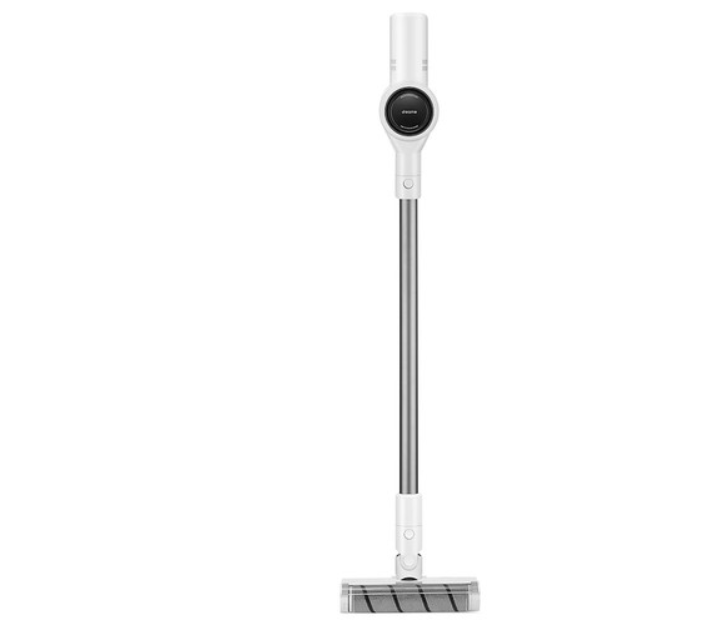

The first ‘clip’ accommodates older versions of Internet Explorer.Using a size of 1px by 1px ensures the element it still there and will be read out by screen readers.It is also in the right place in the code, so visual use of a screen reader is not impacted.


Display none vs visibility hidden code#
Clipping CSS Snippet:Ĭlip: rect(1px 1px 1px 1px) /* IE6, IE7 */Īdd this class to your code and you have a better and effective way of hiding elements. has kept tabs on this technique over the years and recommends the CSS Clipping technique which allows you to hide elements visually and allow content to be read out to screen readers. Each method ran into various niche cases where it did something undesirable, such as showing up in right-to-left languages or slowing down scrolling for some mobile devices. Over the years various techniques have been tried, such as moving elements off-screen to the left. So how exactly do you visually hide elements properly? Hiding elements using the clip method A hidden heading can help to keep a useful heading structure. A carousel is an example of this it is a set of featured items that has a visually obvious purpose, but no heading to describe that section of the page. You can use a label to associate with the search bar and hide it.Ī label-less field such as a search bar can create accessibility issues for screen reader usersĪnother example is where you want to have a good heading structure, but there is a strong design element where it is visually obvious what something is, but no room for a heading. A blind user who relies on a screen reader may not grasp the purpose of the function, so if you want to keep the same visual design but still make it work for people using screen readers, this is where hiding elements comes into play. For screen readers, though, this isn't so great. Take a search bar on a website for example, there’s a magnifying glass icon which clearly conveys to the user that it’s a search function. If you frequently surf the web, you’ll notice that label-less fields are quite common.

When would you need to hide elements visually? The Paciello Group has tested various techniques in recent years. There are some reports of very old screen readers ignoring this technique, but it is currently the safest and easiest one.Īn alternative technique is to use the HTML attribute 'hidden' since the support for this is good in recent browsers and screen readers. Using display: none in CSS is suitable because it is hidden from everyone.ĭisplay:none ensures that the element is not visible, nor will it affect the layout of the page and interactive elements are not in the tabbing order. In general, we recommend that everything visible is available for people using screen readers and everything hidden visually is also hidden for screen readers. There are various ways of having things hidden visually or non-visually, so we’ll run through the cases and techniques for each. If you’re a developer and you solely use display: none to hide elements, did you mean to hide it from everyone? Screen readers generally ignore anything with display: none, therefore it is not read out to screen readers. There are many places where we’ve found that CSS has been used inappropriately for hiding things. If you want to hide elements, you need to ensure that you’re doing it right, otherwise you may actually not be hiding it at all. In this article, Amani Ali - Accessibility Consultant at Nomensa - explains why you should consider hiding elements and how this can be done. You can hide elements from screen readers, sighted users or from everyone. Hiding elements can be done for a number of reasons, for different groups of people.


 0 kommentar(er)
0 kommentar(er)
